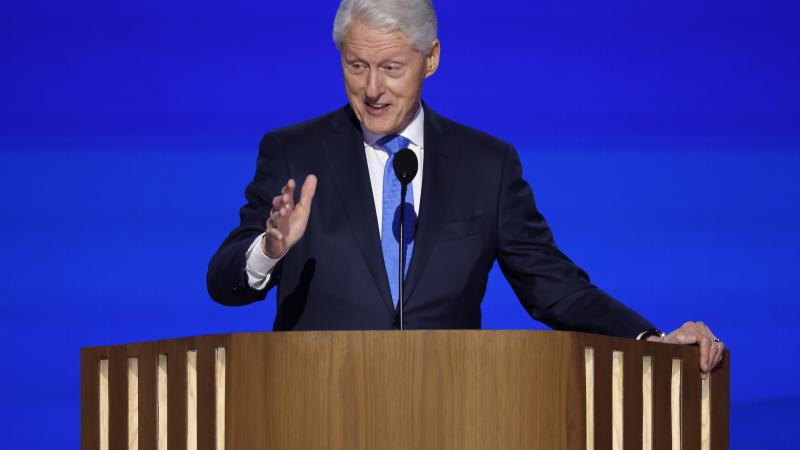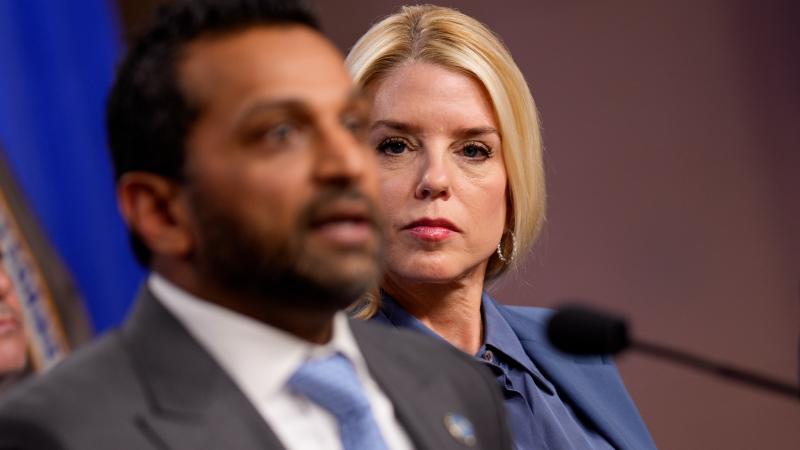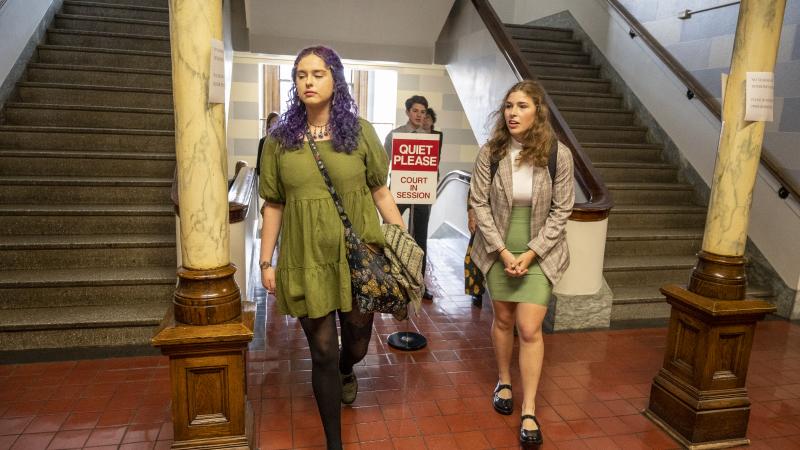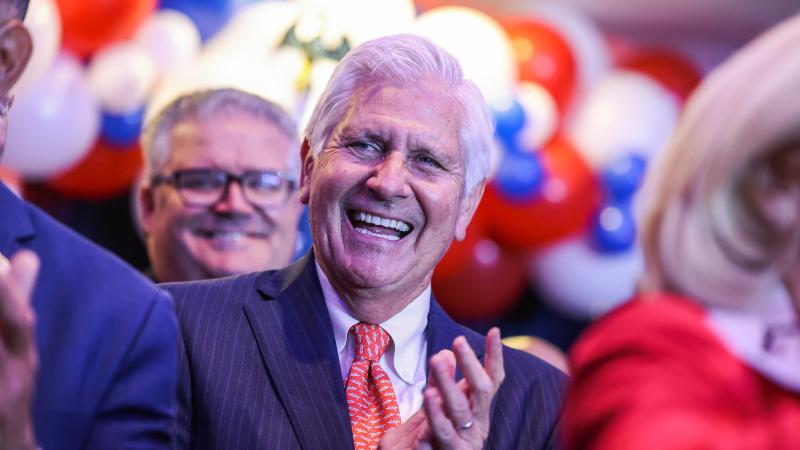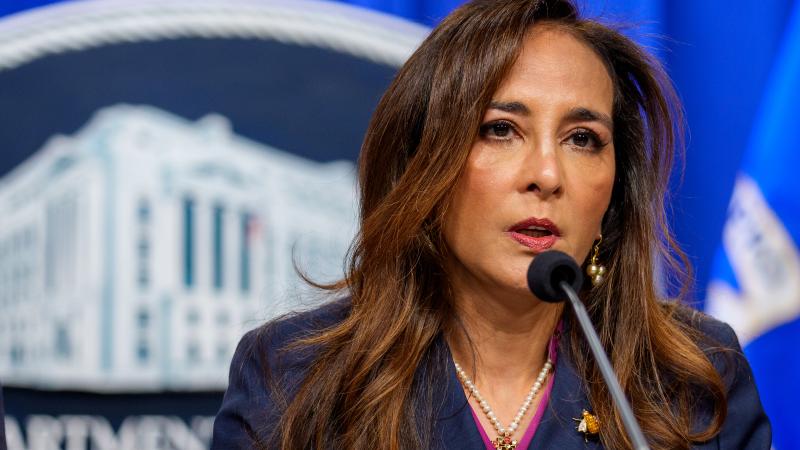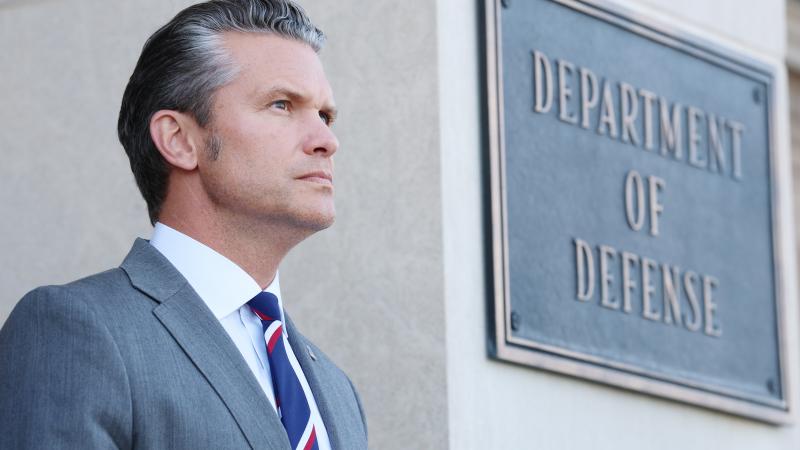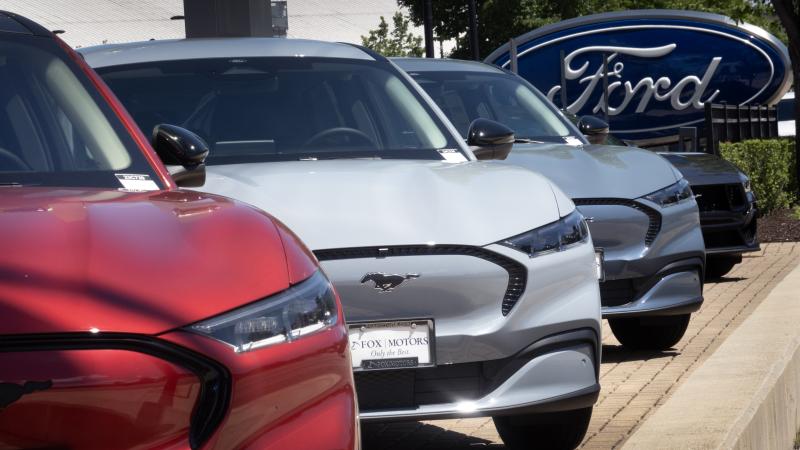Trump signs executive order to stop annual 6,000 veteran suicides, now rising during COVID
The administration said Wednesday the U.S. veteran suicide rate was approximately 1.5 times that of the general population.
President Trump on Wednesday afternoon signed an executive order to stop an annual 6,000 military veteran suicides by encouraging an all-of-government response.
"Today we're unveiling our roadmap to empower veterans, and end the national tragedy of suicide, tremendous problem, tremendous tremendous problem," Trump said at the White House Wednesday during the signing ceremony. "My administration is marshaling every resource to stop the crisis of veteran suicide and protect our nation's most treasured heroes. They've been through so much."
The administration reports that suicide rates and suicide hotlines nationwide are now rising during the spike in unemployment due to the COVID-19 pandemic. Administration officials also said the U.S. veteran suicide rate was about 1.5 times that of the general population suicide rate and among female veterans even higher – 2.2 times that of the general suicide rate for the general public.
"Suicide is a massive public health problem now that's only grown dramatically in the last 10 to 15 years," a senior administration official said prior to the signing. "So it's essential that we address it. And this is the first all of government interagency effort at tackling veteran suicide. And through that the suicide problem more broadly as well. So it's an extremely exciting, extremely important day, considering all of that."
Trump's executive order is the result of the Roadmap to Empower Veterans and End a National Tragedy of Suicide (PREVENTS) Task Force created by the president through another executive order he signed in March 2019.
The new executive order created by the task force has three components:
- A comprehensive national “Roadmap” combining efforts by the federal government with state, regional, business, nonprofit, faith-based, academic and community efforts.
- A series of recommended legislative proposals for Congress to help prevent veteran suicide, including increasing funding specifically for this area as well as looking outside of clinical care for more comprehensive community solutions to provide veteran support.
- A national research strategy to better collect data about which treatments and interventions are effective at preventing veteran suicides, including for veterans who are experiencing a range of compounding factors that could put a veteran at risk for suicide.
"We know that transition out of the military is often a critical time," a senior administration official said. "So if someone went into the service and had experienced trauma, or maybe their predisposition was in their family history a history of depression or anxiety, that could be a factor that sets them up to be more at risk. Or if they experienced financial stressors, or a loss of sense of purpose. All of these factors can affect an individual, but there is no one single factor."
Just the News reported Monday about an Army veteran who killed two people after he was reportedly turned away by the VA hospital system, according to his parents.
Based on current reports from the Department of Veterans Affairs, 20 veterans die each day by suicide. And a report released by the Centers for Disease Control in 2018 indicates that suicide overall has risen in the United States over the last 25 years.
Senior administration officials say the nation's suicide rate had increased by 30 percent in the past 25 years and that a 1% increase in the unemployment rate is associated with a 1% increase in the national suicide rate.



